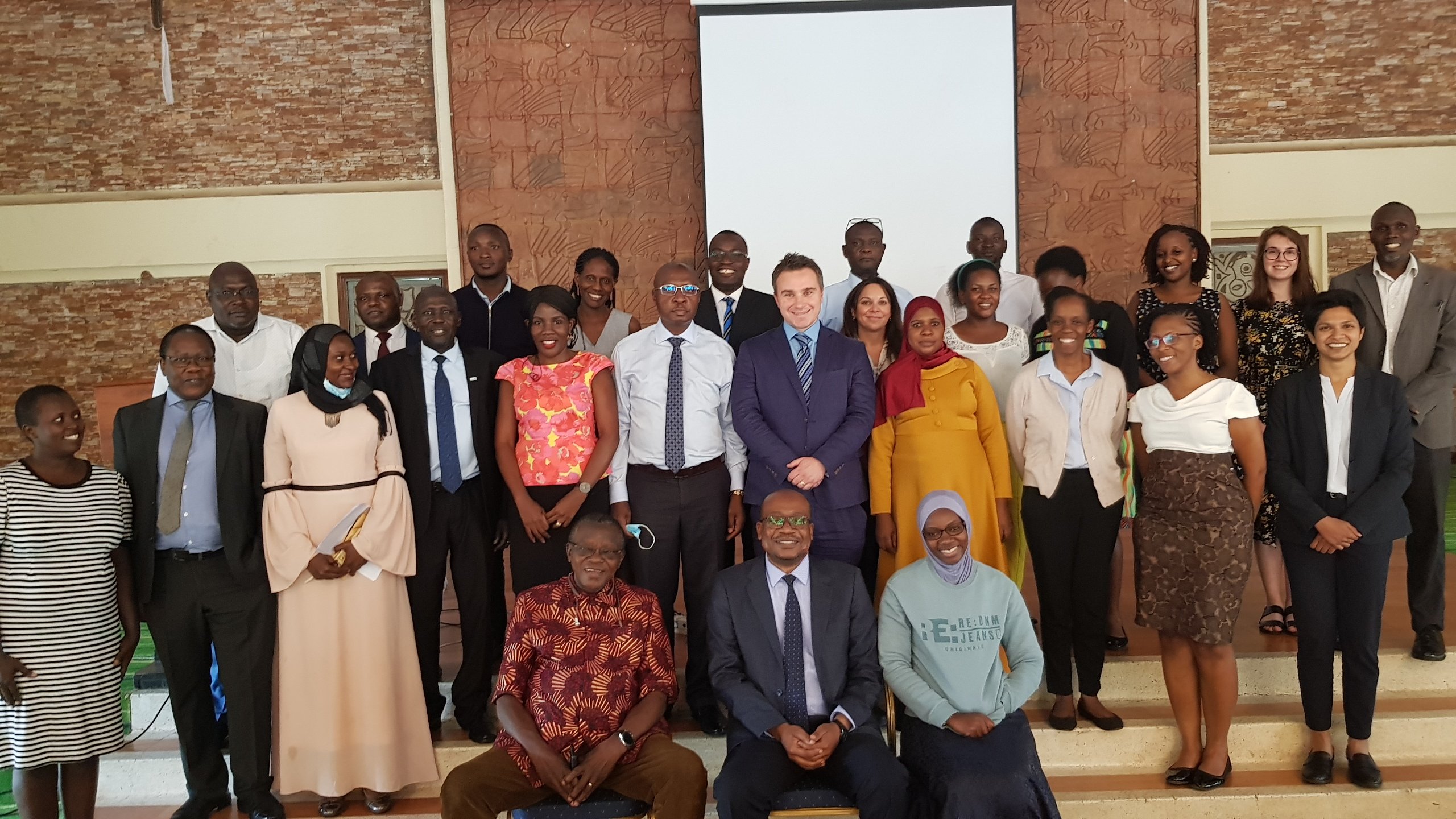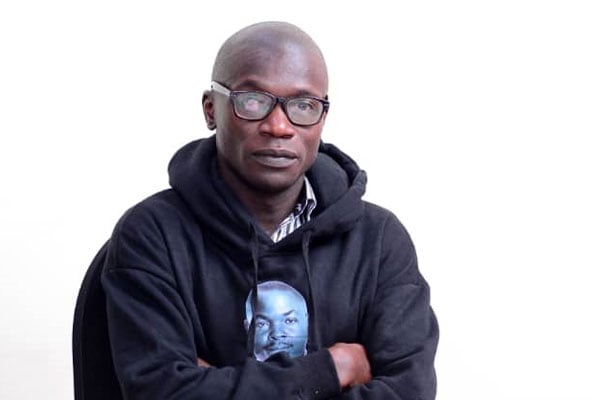National insurance policy should cater for rural population too – experts

Researchers from Makerere University School of Public Health and York University
What you need to know:
- It’s not clear if President Museveni will sign into the law the National Insurance Bill but reaschers have dug in and called for more action Derrick Kiyonga writes
It’s not clear if President Museveni will sign into the law the National Insurance Bill but reaschers have dug in and called for more action Derrick Kiyonga writes
With Ugandans waiting for President Museveni to ascent the national health insurance bill that was passed by parliament in 2021, researchers at Makerere University’s School of Public Health (MakSPH) weighed into the debate by coming up with proposals on how an insurance policy can be implemented in a cost-effective manner.
In a paper entitled re- defining the National Essential Health Services Package (UNEHCP) for Uganda, the researchers led by Dr Elizabeth Ekirapa note that Uganda has a high burden of preventable illnesses. Uganda’s burden of disease according to the World Health Program (WHO) is dominated by communicable diseases, which account for over 50 percent of morbidity and mortality.
Whilst Malaria, HIV/AIDS, TB, respiratory, diarrheal, epidemic-prone, and vaccine-preventable diseases are the leading causes of illness and death the WHO observes that there is also a growing burden of Non-Communicable diseases (NCDs) including mental health disorders. Maternal and perinatal conditions also contribute to high mortality. In her presentation at a workshop organized by MakSPH, Ministry of Health, and the University of York under the theme Role of Partnerships and Collaborations in Supporting Health Policy & Decision Making in Low-Income Countries (LIC): The Case of Thanzi La Onse in Uganda, Malawi & United Kingdom, Dr Ekirapa explained that Uganda’s health insurance package should contain a cost-effective package of interventions that aim to address the country’s need - the burden of disease, equity, mortality, disease prevention, and health promotion.
“HBP [ Health Benefits Package] should be aligned to resources available and should be reviewed and updated regularly if maximum benefit is to be achieved from the HBP.HBP development should include wide stakeholder consultation to ensure buy-in and inclusiveness, “Dr Ekirapa said.
The researchers also poked holes into the Uganda National Minimum Healthcare Package (UNMHCP) which was introduced in the 1999 Health Policy and had a litany of cost-efficient interventions against diseases or conditions most prevalent in the country.
Applied throughout the country’s health sector, the UNHMCP intended to be available to all social groups. It covers services from the community; primary care to hospital level; It covers most critical public health interventions, such as health promotion, disease prevention and community health initiatives, including epidemic and disaster preparedness, maternal and child health, and prevention and management of communicable and non-communicable diseases but the public health experts are now critiquing it on grounds that it is not explicit and is very broad.
“Package includes both preventive and curative services, communicable and non-communicable diseases but did not fully address some of the risk factors for NCDs (lifestyle, occupational hazards, road traffic accidents, environmental health, and population),” she pointed out adding that by design the UNHMCP is delivered by both public and private sector yet the private sector is only minimally supported by Government.
“UNMHCP is not universally available to the entire population largely because of inadequate financial, human, and material resources for delivery,” Dr Ekirapa said.
Going forward, the researchers advise that lessons from history must be put in to be factored in, and consequently the new National Essential Health Services Package should address the disease burden of Uganda, prioritize health prevention and health promotion services, and make services accessible to everyone by making facilities functional and ensuring care is affordable, for instance, through health insurance; Provide holistic care along the life cycle approach - meet the needs of priority groups – newborns, elderly, adolescents and embrace a multisectoral approach to delivery with involvement of schools and workplaces.
On his part, Prof Freddie Ssengooba tackled the reason why Mr Museveni has so far not signed the Insurance Bill into law.
Ssengooba, whose specialty is health economics and health systems management attributed the delay to a lack of unity among all stakeholders.
“After all the consultations are done and Parliament passes the Bill you hear of splinter groups,” Prof Ssegooba said.
“Then you hear that the president has returned the Bill to parliament for more revisions.”
With 74.45 percent of Ugandans living in rural areas, Prof Ssengooba said it’s very important to factor in this demography when designing health insurance if it’s to get support from politicians. “The President has veto powers over Bills sent to him by Parliament so if you don’t factor in the rural population he will toss the Bill back to Parliament because many of his voters are in the villages,” Ssengooba said.
“Even most of the MPs [Members of Parliament represent rural areas. If you don’t show how this Bill is key to their constituents they won’t pass the bill.”
Ugandans recognized the importance of insurance, according to Prof Ssengooba, when the second wave of the Covid-19 pandemic wreaked havoc, living many families choked on the high bills they had to pay on a daily basis.
“At the height of Covid-19 people realized that they need insurance because they had to pay between Shs3 million and Shs5 million a day, for patients to access Intensive Care Unit (ICU),” he said. “If they need insurance then wouldn’t have got the money from their pockets.”
Records show that Uganda is the only country in East Africa that has not passed a national health insurance scheme and has some of the highest out-of-pocket costs for health in the region.
“We are under pressure to fit in. We are suffering from peer pressure but we have to look at our reality before saying Uganda is the only East African country without a national insurance scheme,” Prof Ssengooba said whilst noting that the University of York had funded the research.
“Most of the budget of the Ministry of Finance is donor funded. Can donors help in this insurance scheme? An estimated 38 percent of Uganda’s health expenditures are paid by individuals through out-of-pocket costs, followed by development partners (41 percent), the government (16 percent), and others (5 percent). Uganda’s current health insurance options are an employer or community-based schemes and are estimated to cover less than 2 percent of the population. Health insurers only contribute around 1 percent to health spending in Uganda.
“Even when we are looking at Insurance It’s very important for people to understand is that nothing is free. You can get a service free of charge at the point of delivery but someone would have paid for it through taxation, insurance, or donation that means taxpayers of another country,” said Dr Timothy Musila from the ministry of health.





